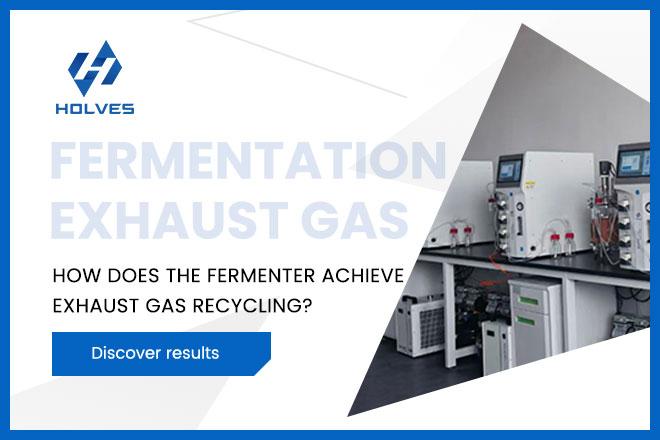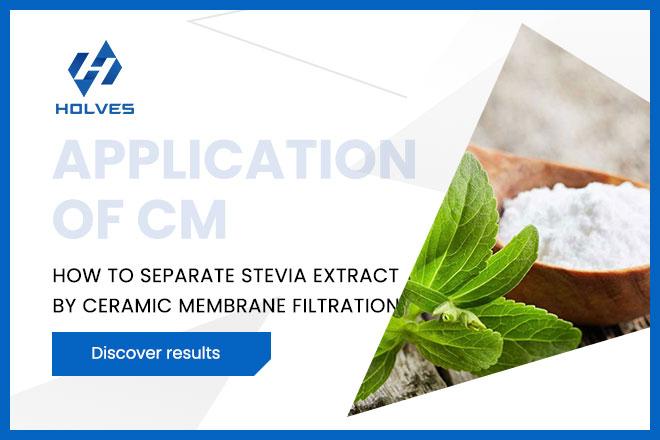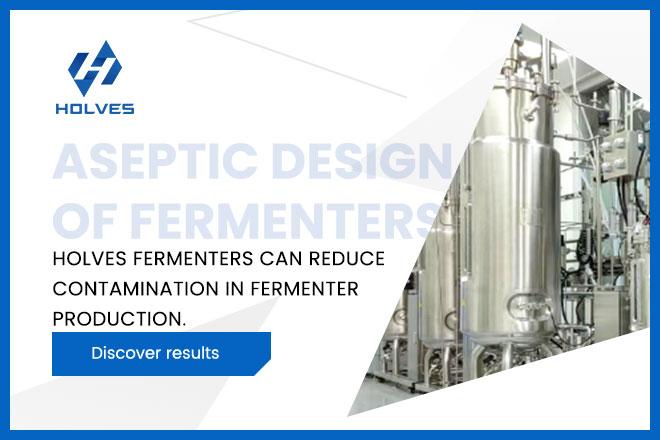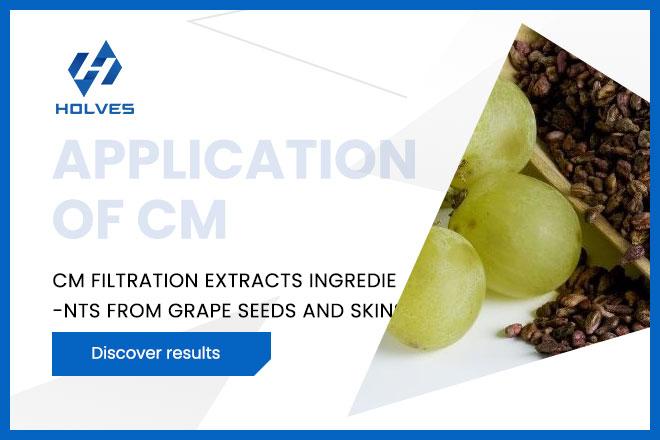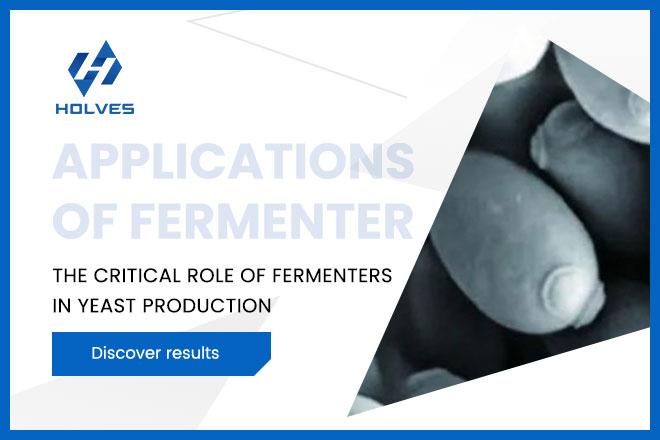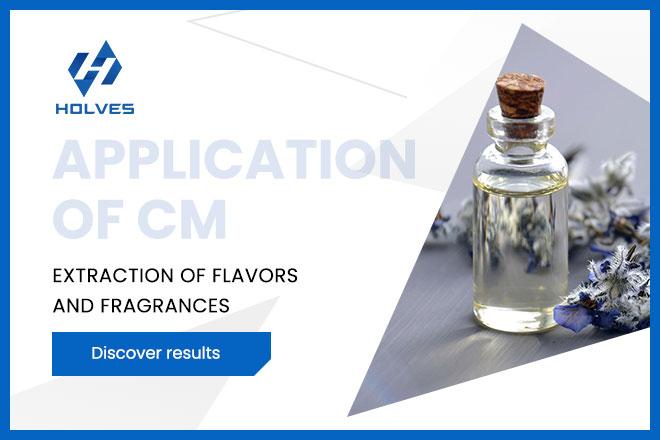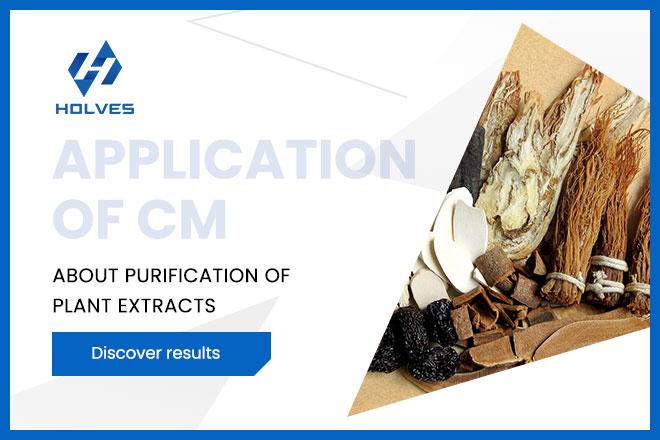Hyaluronic acid (HA), a biopolysaccharide known as a “natural moisturizing factor”, has become a star ingredient in pharmaceuticals, cosmetics and medical aesthetics due to its excellent water-retaining, lubricating and repairing functions. However, the efficient and high quality extraction and purification of hyaluronic acid from complex fermentation broths or animal tissues has always been a core challenge for the industry. The traditional process relies on a large number of organic solvents and filter aids, which is not only costly, but also brings severe environmental and safety pressure.
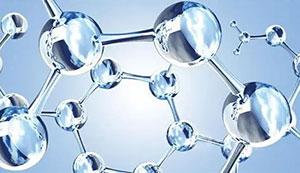
At the initial stage of hyaluronic acid purification, fermentation broths or extracts usually contain large amounts of bacteria, cellular debris, colloids and insoluble impurities. Staggered flow filtration using ceramic microfiltration membranes with specific pore sizes can efficiently accomplish this critical clarification task. Direct filtration with ceramic membranes not only avoids the cost and subsequent hazardous waste treatment problems brought about by filter aids, but also its material, chemical resistance and high temperature resistance can effectively deal with high-viscosity and easily contaminated material, ensure long-term stable high throughput operation, and significantly reduce the operation and maintenance costs.
The clarified feed enters the core separation and purification process. The ceramic ultrafiltration membrane plays a central role in this stage. It can accurately retain the target hyaluronic acid molecules, while allowing residual small molecules of proteins, peptides, nucleic acids, pigments, salts, and fermentation by-products to be removed through the membrane pores, thus realizing the effective concentration and initial purification of HA.
The comprehensive benefits of ceramic membrane filtration technology for hyaluronic acid purification are manifold. In terms of product quality, the physical screening process avoids the introduction of chemical reagents, reduces the risk of heat sources, and significantly improves the transmittance and purity of the final product;. In terms of economic benefits, the cost of diatomaceous earth and the cost of hazardous waste treatment are eliminated, and the consumption of ethanol is significantly reduced; on the level of environmental protection and safety, the elimination of diatomaceous earth hazardous waste, the reduction of the use of organic solvents and volatility, and the reduction of the load of wastewater treatment.
The clarified feed enters the core separation and purification process. The ceramic ultrafiltration membrane plays a central role in this stage. It can accurately retain the target hyaluronic acid molecules, while allowing residual small molecules of proteins, peptides, nucleic acids, pigments, salts, and fermentation by-products to be removed through the membrane pores, thus realizing the effective concentration and initial purification of HA.
The comprehensive benefits of ceramic membrane filtration technology for hyaluronic acid purification are manifold. In terms of product quality, the physical screening process avoids the introduction of chemical reagents, reduces the risk of heat sources, and significantly improves the transmittance and purity of the final product;. In terms of economic benefits, the cost of diatomaceous earth and the cost of hazardous waste treatment are eliminated, and the consumption of ethanol is significantly reduced; on the level of environmental protection and safety, the elimination of diatomaceous earth hazardous waste, the reduction of the use of organic solvents and volatility, and the reduction of the load of wastewater treatment.
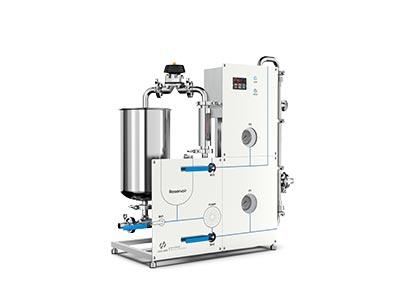
At present, ceramic membrane technology has been adopted as the core process by many leading hyaluronic acid producers. Practical applications have fully proved that the use of ceramic microfiltration membrane for fermentation solution clarification, and then tandem with ceramic ultrafiltration membrane for concentration and removal of impurities, can not only stably obtain the high quality HA solution with transmittance up to 99% or more, and effectively control the level of endotoxin, but also significantly reduce the overall production costs (such as saving about 30% ethanol), to achieve a cleaner and safer production mode.
